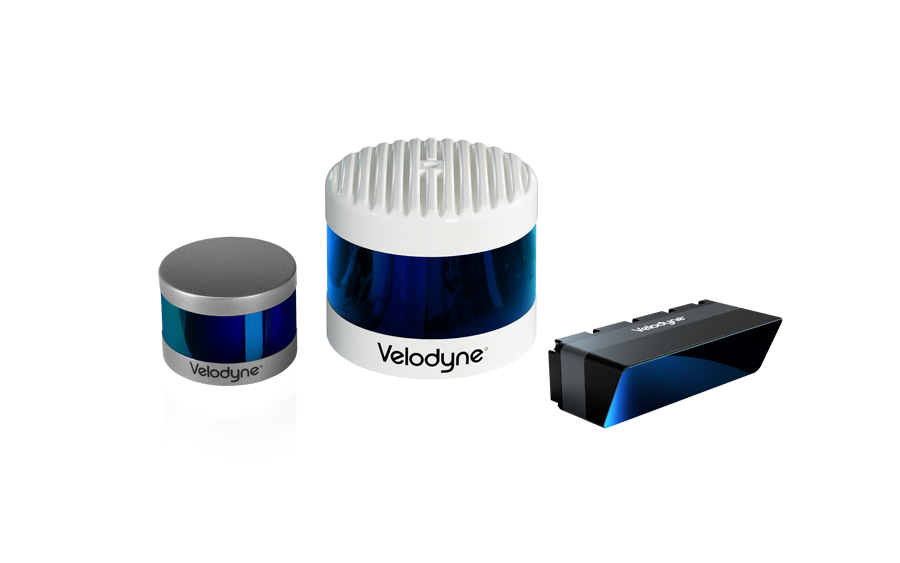
Crossing a city street can be a challenging, and sometimes dangerous, experience. Enabling pedestrians and bicyclists to make it safely across a street has an important role in shaping the accessibility and livability of a city.
Blue City Technology is on a mission to improve the safety and efficiency in road networks by providing data through innovative sensing technologies. They work with city planners to create safer crossings and intersections with their lidar-equipped traffic monitoring solutions. Their solutions enable safe crossings of walkers and cyclists, and bring attention to upcoming vehicles of road users crossing an intersection.
To learn more about Blue City Technology, we asked the company’s CEO Asad Lesani to discuss the inspiration behind Blue City Technology and its solutions, and how they began working with the City of Montreal on a Smart City pilot project.

VL: Please share with our readers how you became interested in transportation systems and safety, and what led you to start Blue City Technology?
Asad Lesani: Like nearly everyone who interacts with traffic lights on a daily basis, we were annoyed by their obvious inefficiencies. No one likes sitting at a red light when there’s no traffic crossing the road, and there’s no use in a green light when traffic is stopping you from crossing the intersection anyway. Two of our co-founders have backgrounds in electrical engineering and have their finger on the pulse of sensing technologies. This led us to wonder why new technologies like lidar aren’t being used to solve issues like these.
VL: What are the challenges presented by available traffic monitoring systems and what’s your vision for creating a more effective intelligent transportation system?
Lesani: There is always traffic, it doesn’t matter if it’s day or night, sunny or snowing. If a traffic light is dependent on a sensor, it needs to work in all of these conditions. Only a limited selection of sensors can handle these conditions. These existing sensors are only good at specific tasks; inductive loops can detect the presence of a vehicle and radar can provide estimations of traffic speed. However, they can’t provide everything needed for truly efficient traffic control. With lidar, we will collect speed and counts for each possible turning movement, class of vehicle, and the number of vehicles waiting for a light to change.
We think it’s inevitable that traffic lights will be coordinated across a city. With our sensors, traffic lights will be able to predict the arrival of vehicles, know how many and how long vehicles are waiting for the light to change, and be able to autonomously update their lighting schedule based on this information. This will minimize the average time vehicles are waiting for the lights to change and the time it takes vehicles to move across town. This will have a positive impact on emissions, productivity of the city, and quality of life.
VL: How did you get introduced to Velodyne lidar technology and why did you choose to use it in your traffic monitoring solutions?
Lesani: When we were looking for a technology that could see at night, and through rain and snow, Velodyne’s lidar was something we were aware of from reading about autonomous vehicle projects. This use in vehicles gave us confidence in Velodyne’s dependability. If they can survive being shaken while driving down a road, being on stationary pole shouldn’t be an issue.
Velodyne was also very helpful while we were doing research on different technologies and ended up being the most promising technology. Its sensors give us the resolution we need for classification, and precision for determining location and speed, all while being tolerant to changing weather and lighting conditions.
VL: How did Blue City Technology begin working with the City of Montreal with a traffic monitoring pilot project?
Lesani: Studying in the transportation lab at McGill, we were exposed to people working on transportation in the city, through projects and through former labmates who work there. Montreal is interested using technology to solve issues in transportation; we are really glad to be in a city that’s willing to try new things and encourages companies that are trying to grow here.
VL: What’s next for Blue City Technology?
Lesani: Our plan is to show our technologies to as many cities as possible. This way, they will learn what’s possible and we will learn what various regions and teams need to so we can continue to refine the technology to best help them.
For Velodyne Lidar products click HERE.

Velodyne Lidar (Nasdaq: VLDR, VLDRW) ushered in a new era of autonomous technology with the invention of real-time surround view lidar sensors. Velodyne, a global leader in lidar, is known for its broad portfolio of breakthrough lidar technologies. Velodyne’s revolutionary sensor and software solutions provide flexibility, quality and performance to meet the needs of a wide range of industries, including robotics, industrial, intelligent infrastructure, autonomous vehicles and advanced driver assistance systems (ADAS). Through continuous innovation, Velodyne strives to transform lives and communities by advancing safer mobility for all.